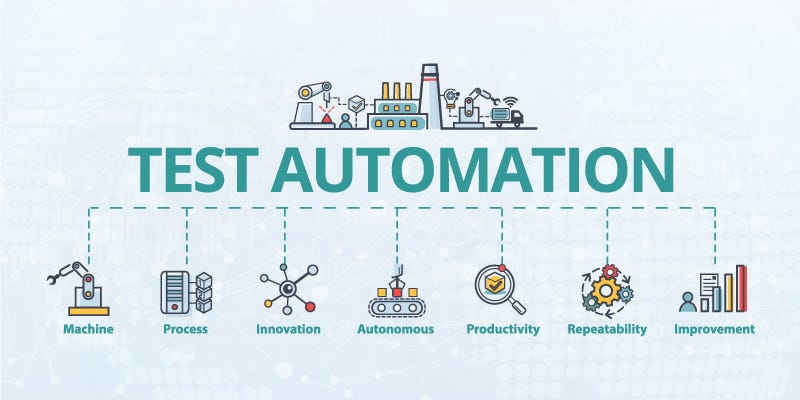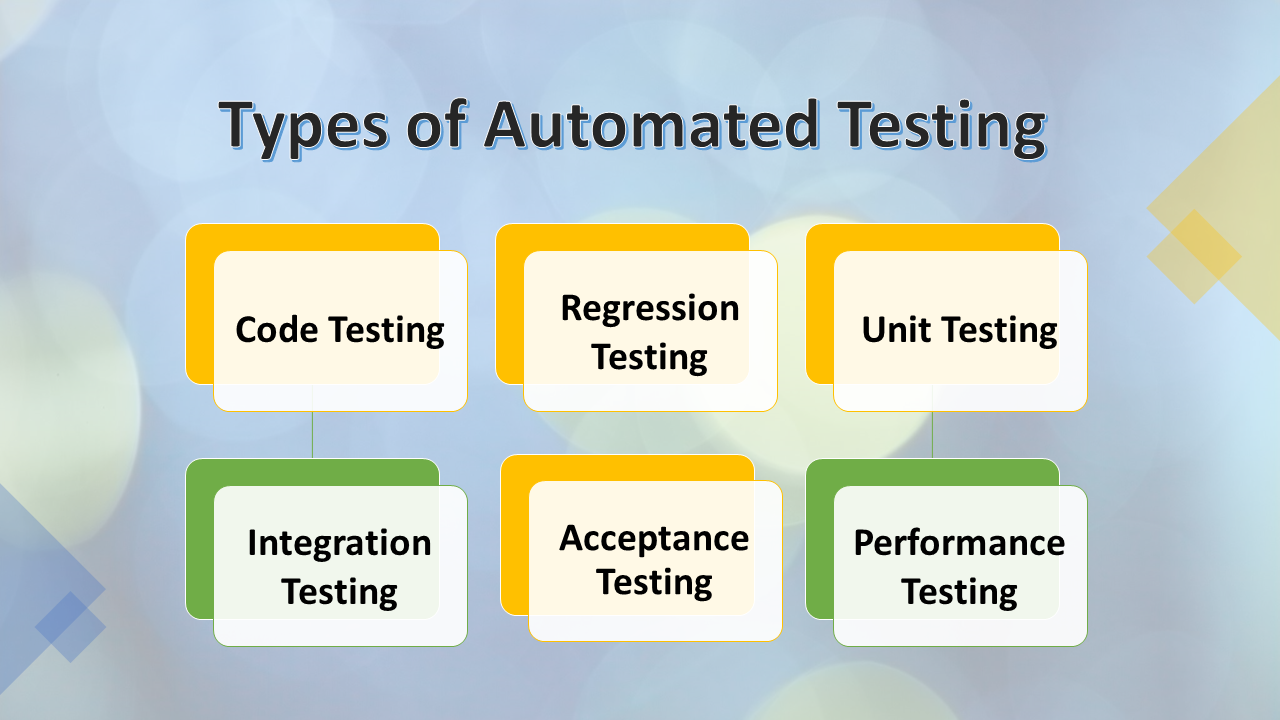The Ultimate Overview to Implementing Automation Testing Efficiently
The Ultimate Overview to Implementing Automation Testing Efficiently
Blog Article
Ensuring Success in Automation Checking: Secret Metrics, Challenges, and Solutions Every QA Group Must Know
In the world of software quality control, the landscape of automation testing is ever-evolving, requiring a meticulous technique to make sure smooth operations. Trick metrics serve as the compass assisting QA groups with the vast terrain of test automation, clarifying progress and areas for improvement. Obstacles loom huge, typically casting darkness on the course to success. By comprehending these difficulties and executing reliable solutions, QA teams can navigate through complexities with finesse. The journey to understanding automation screening is led with subtleties that require a keen eye for surveillance, evaluation, and constant enhancement. automation testing. As the industry propels ahead, the pursuit for ideal efficiency in automation testing continues to be a constant quest, prompting QA teams to outfit themselves with the understanding and techniques crucial for triumph.
Importance of Trick Metrics
Comprehending the relevance of crucial metrics is essential for assessing the performance and efficiency of automation testing procedures. Secret metrics offer as measurable measures that offer beneficial understandings into various aspects of the screening process, such as examination coverage, test implementation time, problem thickness, and examination situation efficiency. By examining these metrics, QA teams can recognize traffic jams, ineffectiveness, and locations for enhancement within their automation testing structure.
One crucial element of essential metrics is their ability to track progression and keep an eye on the general wellness of the screening procedure (automation testing). They enable stakeholders to make enlightened decisions based on data-driven understandings, which can lead to extra reliable testing strategies and far better resource allotment. Furthermore, essential metrics can help teams established realistic objectives, determine the success of automation initiatives, and demonstrate the ROI of automation testing initiatives

Typical Challenges Encountered
Obstacles commonly experienced in automation testing procedures can considerably influence the general efficiency and effectiveness of QA groups. Automation testing might not cover all elements of testing, such as functionality and individual experience screening, which still call for manual treatment. Getting rid of these challenges needs appropriate planning, calculated examination instance selection, durable upkeep processes, sufficient sources, and a clear understanding of the constraints of automation testing.
Effective Solutions for Difficulties
To resolve the obstacles encountered in automation testing, applying effective remedies is crucial for enhancing the performance and productivity of QA groups. One essential solution is to spend in robust training programs for QA groups to guarantee they have the needed abilities to properly use automation devices. Training can link understanding gaps, improve understanding of automation structures, and improve scripting capacities, inevitably leading to a lot more reliable test creation and implementation.
An additional crucial solution is to develop clear communication channels within the QA group and with other stakeholders, such as programmers and task supervisors. Efficient communication helps in straightening assumptions, sharing progression updates, and promptly resolving concerns or barricades that might emerge during the automation testing process.

Tracking and Analysis Strategies
Implementing effective tracking and evaluation techniques is important for guaranteeing the success and efficiency of automation testing processes. By using surveillance tools, QA groups can track the performance of examination manuscripts, identify bottlenecks, and pinpoint areas for enhancement. Real-time tracking permits quick detection of issues, making it possible for fast action and resolution. In addition, examining test outcomes and metrics gives valuable understandings into the top quality of the software program being checked and the effectiveness of the screening technique.
One key method in tracking and analysis is the use of dashboards that combine relevant metrics and KPIs in an aesthetically obtainable style. These dashboards use a thorough introduction of test execution standing, test protection, flaw patterns, and various other crucial details. Regularly reviewing and assessing these dashboards can aid QA groups make informed decisions, focus on jobs, and optimize testing initiatives.
Moreover, applying automated alerts and notices based on predefined thresholds can boost positive surveillance and prompt treatment. By establishing signals for automation testing efficiency deviations or test failures, teams can resolve concerns without delay and prevent them from escalating. Overall, tracking and analysis strategies play an essential role in guaranteeing the effectiveness and success of automation testing campaigns.
Continuous Enhancement Methods
Enhancing the efficacy of automation screening processes demands the constant improvement of approaches and methods. One vital method to boosting automation testing procedures is to conduct routine reviews and retrospectives.

Conclusion
Finally, it is critical for QA teams to recognize the crucial metrics, difficulties, and solutions in automation screening to ensure success. By very carefully checking and evaluating data, carrying out effective options to common difficulties, and continuously boosting methods, QA teams can optimize their testing procedures and supply top quality software. Complying with these techniques will inevitably cause a lot more reliable and effective automation testing methods.
By examining these metrics, Click Here QA teams can recognize bottlenecks, ineffectiveness, and locations for renovation within their automation screening framework.
In addition, key metrics can assist groups established realistic objectives, determine the success of automation campaigns, and demonstrate the ROI of automation screening efforts.
Challenges commonly encountered in automation screening processes can considerably impact the general efficiency and performance of QA groups. Automation testing might not cover all aspects of testing, such as use and user experience screening, which still call for hands-on treatment.In final thought, it is essential for QA teams to comprehend the vital metrics, obstacles, and solutions in automation screening to guarantee success.
Report this page